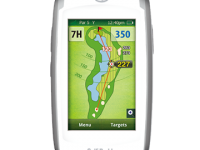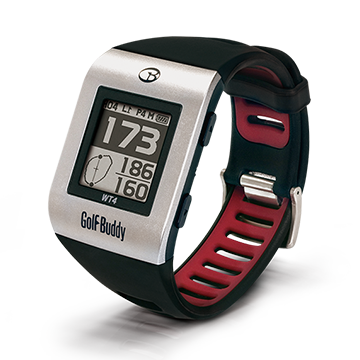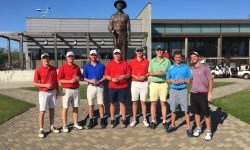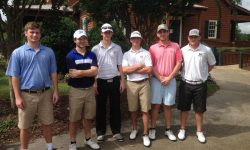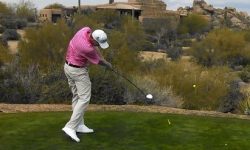This week, Club Golf Academy is here to look into an interesting aspect of the golf industry. Technology has become more infused into the game we all love. I thought it would be a good time to discuss when it is legal to take advantage of the new devices. I wanted to cover the a rule in a more general sense instead of focusing on a particular rule. How can we increase pace of play and what does each player need to do to improve it?
One of the largest complaints that people have about playing tournament golf is the slow pace of play that is generally associated with tournaments. The National Collegiate Club Golf Association Club Golf Association has listened to all of the player feedback and come up with a solution that we are implementing. The primary change that the NCCGA made was to recruit a Student Leader to be the Director of Tournament Operations to improve pace of play in each tournament as well as the overall experience.
One thing that the NCCGA has focused on this year is the #ReadyGolf campaign. The focus of the campaign is to speed up pace of play in all of our regional tournaments this semester and the National Championship. As a result, we now have volunteers or course employees at each regional tournament who help to monitor pace of play.
However, pace of play ultimately comes down to the players. Players can work to improve pace of play by walking faster between shots and having the first player to finish each hole head to the next hole to tee off. Ultimately, though, one of the biggest issues players face on the course is determining their yardage to the hole. Often times, players have to walk as much as 20 or 30 yards from where their ball is until they find a yardage marker.
Even after they find the yardage marker, they still have to pace off the distance from the marker to their ball and estimate where the pin is on the green. Determining the distance to the pin is crucial because you would like to hit the ball close to the pin. In the event that you mis-hit the ball, though (which happens more than we would like to admit), you need to know the distance to the front of the green so that you don’t end up rolling down a false front or landing in a bunker. A large part of a player’s time spent before each shot is used determining the distance to the pin, how far away certain trouble spots are (such as bunkers and hazards), and trying to choose the correct club.
Like many players, I struggle to determine the distance to hazards, bunkers, and the pin on each shot off the tee or on my approach shot. Earlier this semester, I received a WT4 golf GPS watch from GolfBuddy, one of the NCCGA partners. The watch has helped immensely in improving my game and helping to reduce the time it takes me to get ready before each shot. Having the GolfBuddy WT4 means that I no longer have to look for the yardage markers on a course and then pace off the distance to my ball. It show the distance to bunkers, hazards, and other trouble spots.
Distances measuring devices, such as GolfBuddy's full line of products, are permitted in NCCGA tournaments as long as they measure only distance. Devices that measure slope, wind, or wind direction are prohibited from NCCGA tournaments and most other tournaments. I personally think that each player should have a distance measuring device because they help speed up pace of play, help players learn how far they hit each of their clubs, and help players to save strokes out on the course (which is the important part).
**Written by Nicholas Heyrman, National Collegiate Club Golf Association Director of Tournament Operations.
